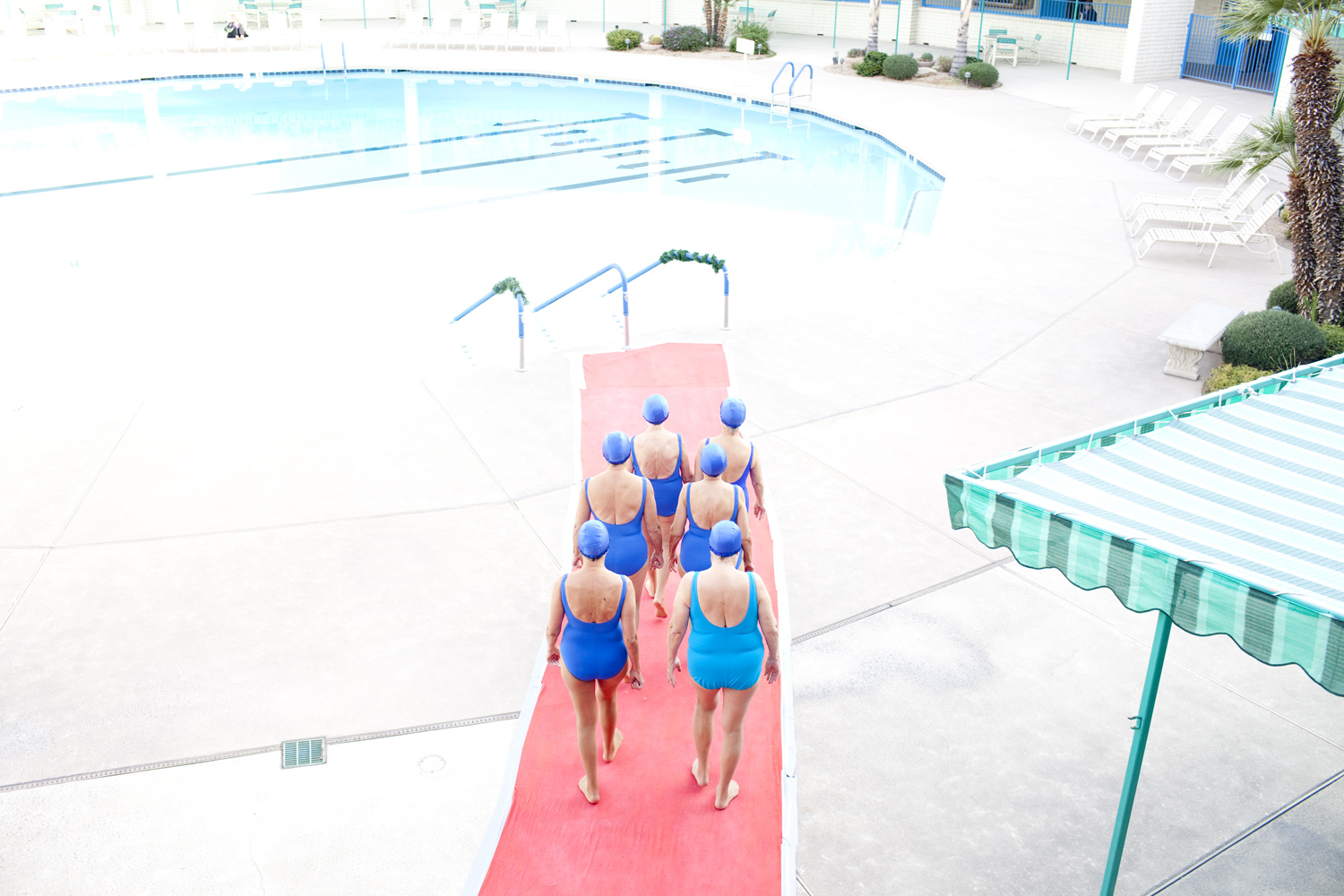
For Catherine Mayer’s story about amortality—the idea of living agelessly—TIME commissioned Kendrick Brinson to visit Cenegenics, an age management practice in Las Vegas, and spend the weekend with residents in retirement communities Sun City, AZ and Sun City Shadow Hills, CA .
South Carolina-native Brinson was a natural fit for the assignment. She already has her own ‘fixer’ in Sun City, having spent the past year working on her own series there—a project she hit upon after catching a glimpse of the city on screen in The Savages. “I began researching,” says Brinson, “and the minute I found out that they had a cheer leading squad made up of 70-year-old women, I thought, ‘I’m there!'”
Brinson’s fixer, Bill—and the cheer leaders—are residents of the adults-only retirement community built on a former cotton field, near Phoenix, which bars homeowners below age 55. Grandchildren under 18 are limited to visits of no more than three months per year. (You may object, but as Brinson points out, “if you don’t see 6-year-olds running around, then you don’t think you’re 55”). The community, built by Del Webb, a friend of Howard Hughes and builder of Las Vegas’s Sahara resort with gangster Bugsy Siegel, was an immediate hit with the fast-growing over-65 set when it opened in 1960. Cars were backed up for miles, with 100,000 prospective buyers crowding into the model homes the first weekend, eager to stake their claim.
Having visited Sun City, Arizona four times—struggling, at 28 years-old, to keep up with the rounds of lawn bowling, tap dancing, tennis and movies—Brinson thought that her fifth, for TIME, would be her last. “I felt I got everything,” says Brinson, “and I would just be re-shooting the same things.” But then she found the Aqua Suns, a synchronized swimming group, “and I realized I couldn’t say good-bye to the project.”
Both Sun Citys have an air of energy and excitement. “Its pretty much spring break there every day,” says Brinson. “One man told me it was like recess. He loved waking up every morning because he was choosing what he wanted to do, not what he had to do”
For TIME, Brinson hung out with Patti Wolff in California—that Sun City is smaller than the original, and being newer, skews a little younger. (Wolff emphasized no one sat around playing cards in her group). “I felt like I was out with my best friends,” says Brinson talking about a late-night casino jaunt with Wolff. Age fell away until talk of widowhood and children come up. “Then I was reminded,” says Brinson. “I have so much more living to do. Living that they’ve already done.”
At Sun City, bustling with 11 golf courses and 130 official recreational clubs—“the largest concentration in America”—you don’t notice that the average resident is 73, says Brinson, until you see that softball rules prevent sliding into base or there’s a sachet of Metamucil sticking out of a sneaker. “They turn the stereotype of aging on its head,” says Brinson. “They’re all blogging and on Facebook.”
Her time at Cenegenics offices—where affluent patients work on maintaining their youth following a regiment of supplements and exercise—the photographer was aware that “they were spending time trying to work out and look good. In Sun City they were less interested in how they looked—they’re just enjoying life,” says Brinson. “I guess one is more striving to be young externally, and the other more internally.” Where is she headed when the wrinkles start? “I think.” says Brinson, “I’d choose Sun City.”
Brinson’s Sun City: Life After Life will be on exhibit at the Houston Center for Photography, May 6 through June 19. She’s also working on self-publishing a limited-edition book. You can see more of Brinson’s work at Luceo Images.
—By Deirdre van Dyk

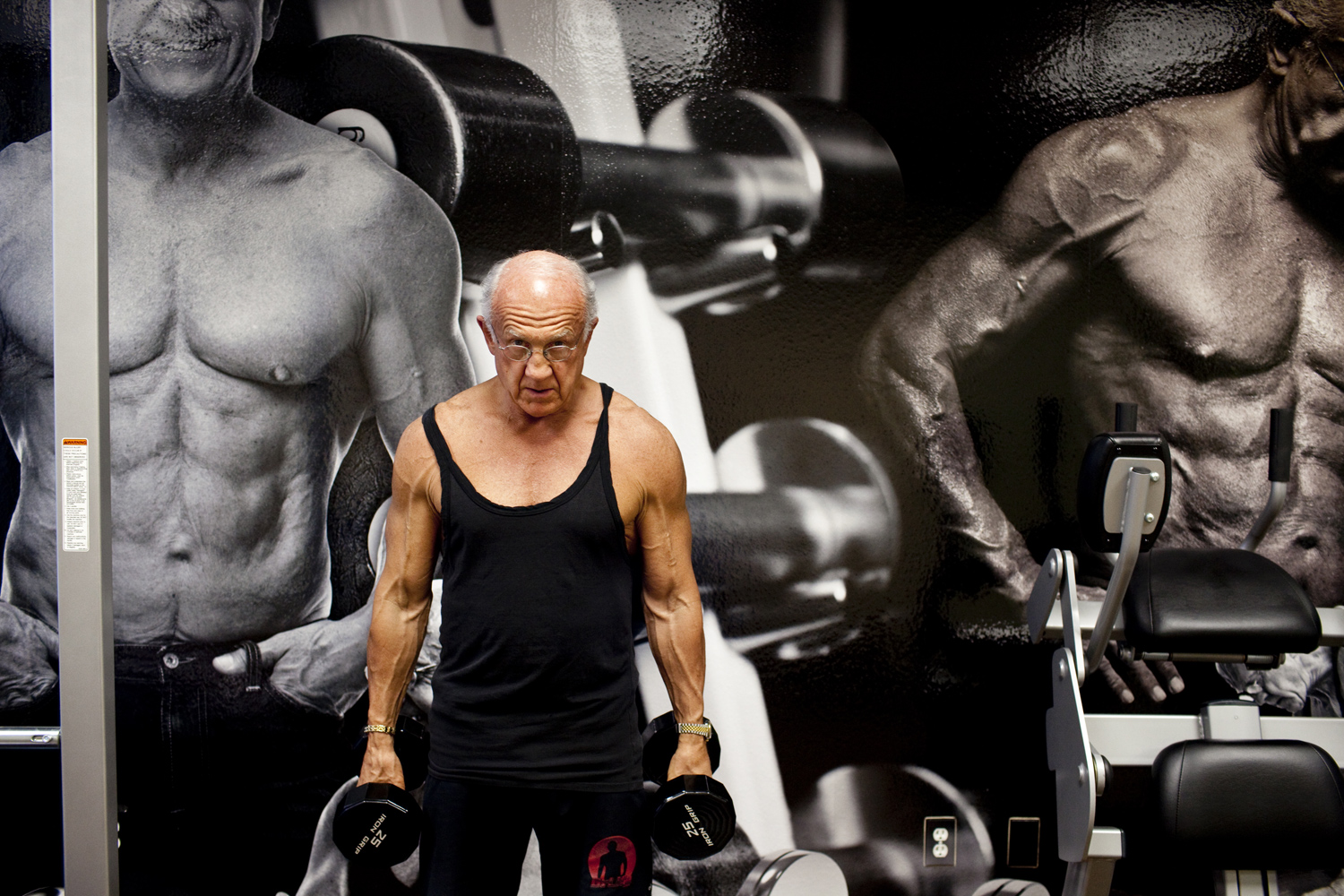
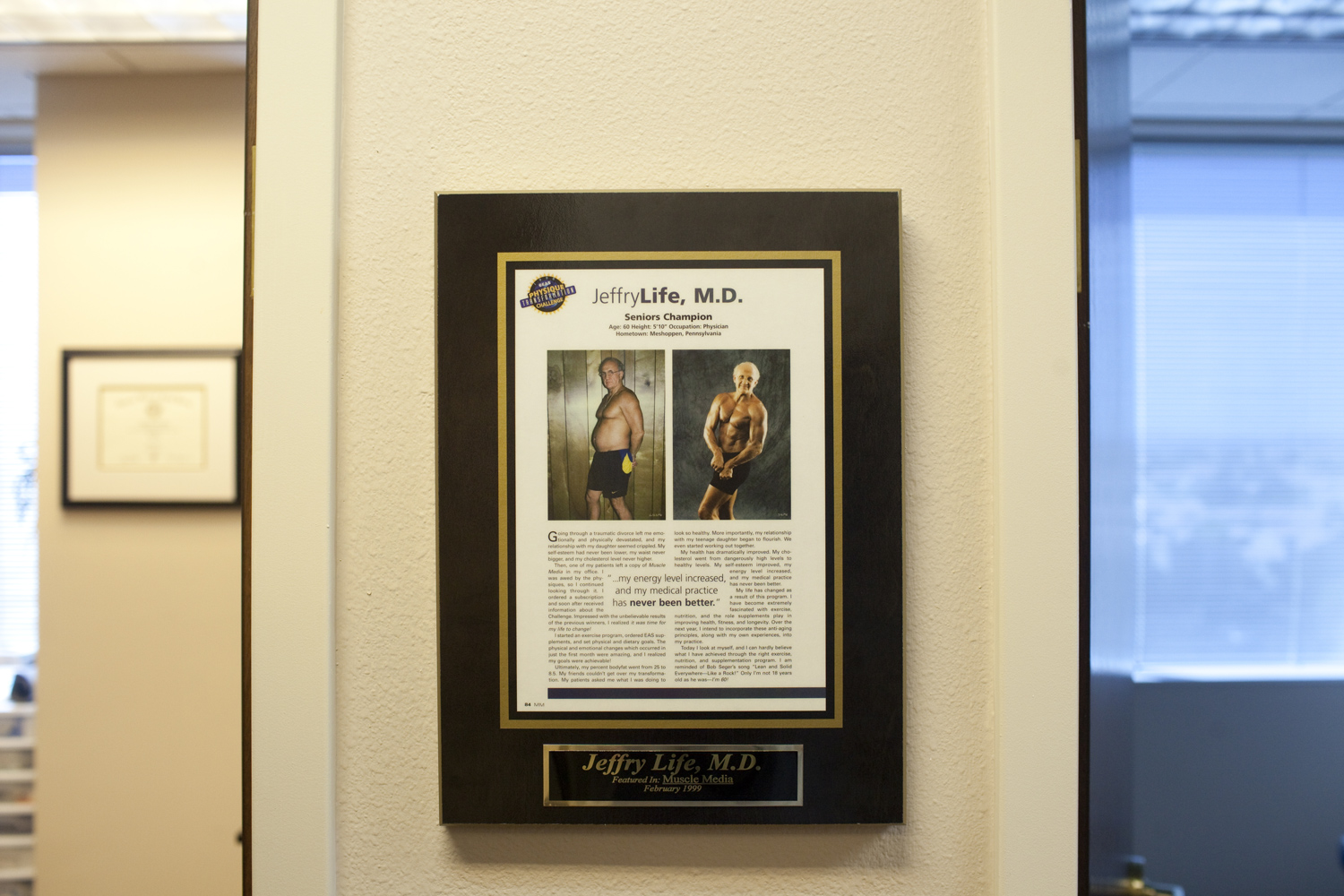

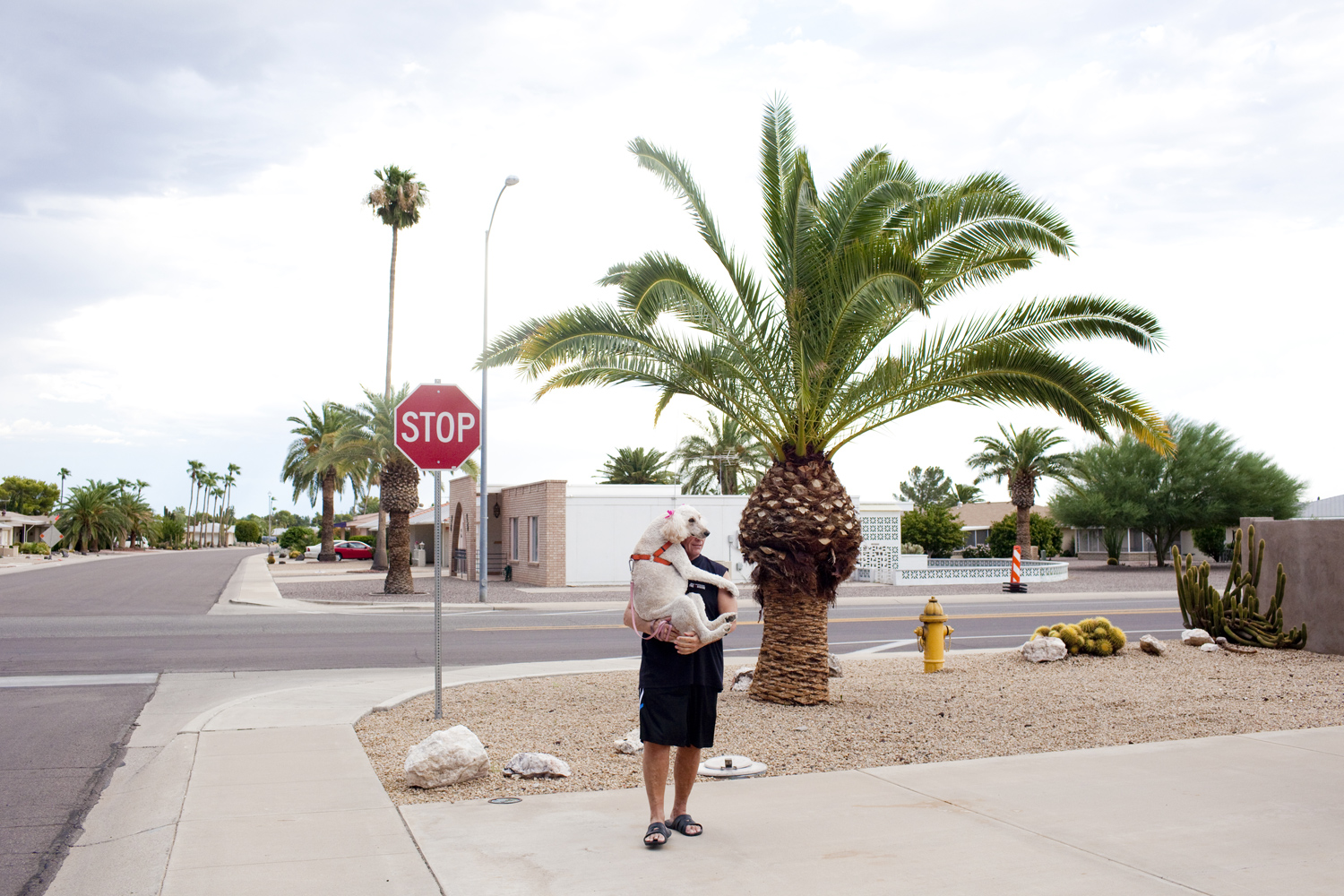

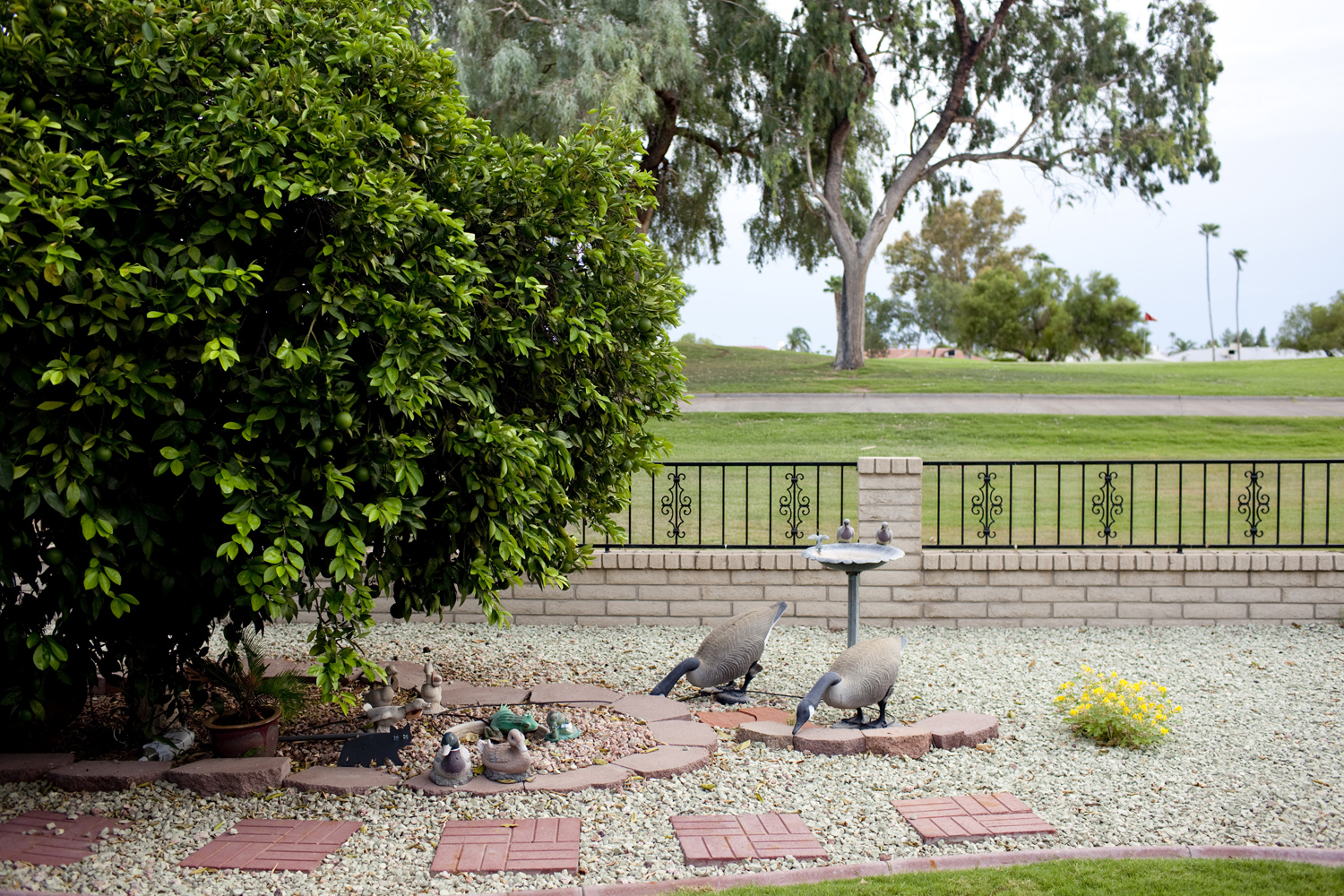



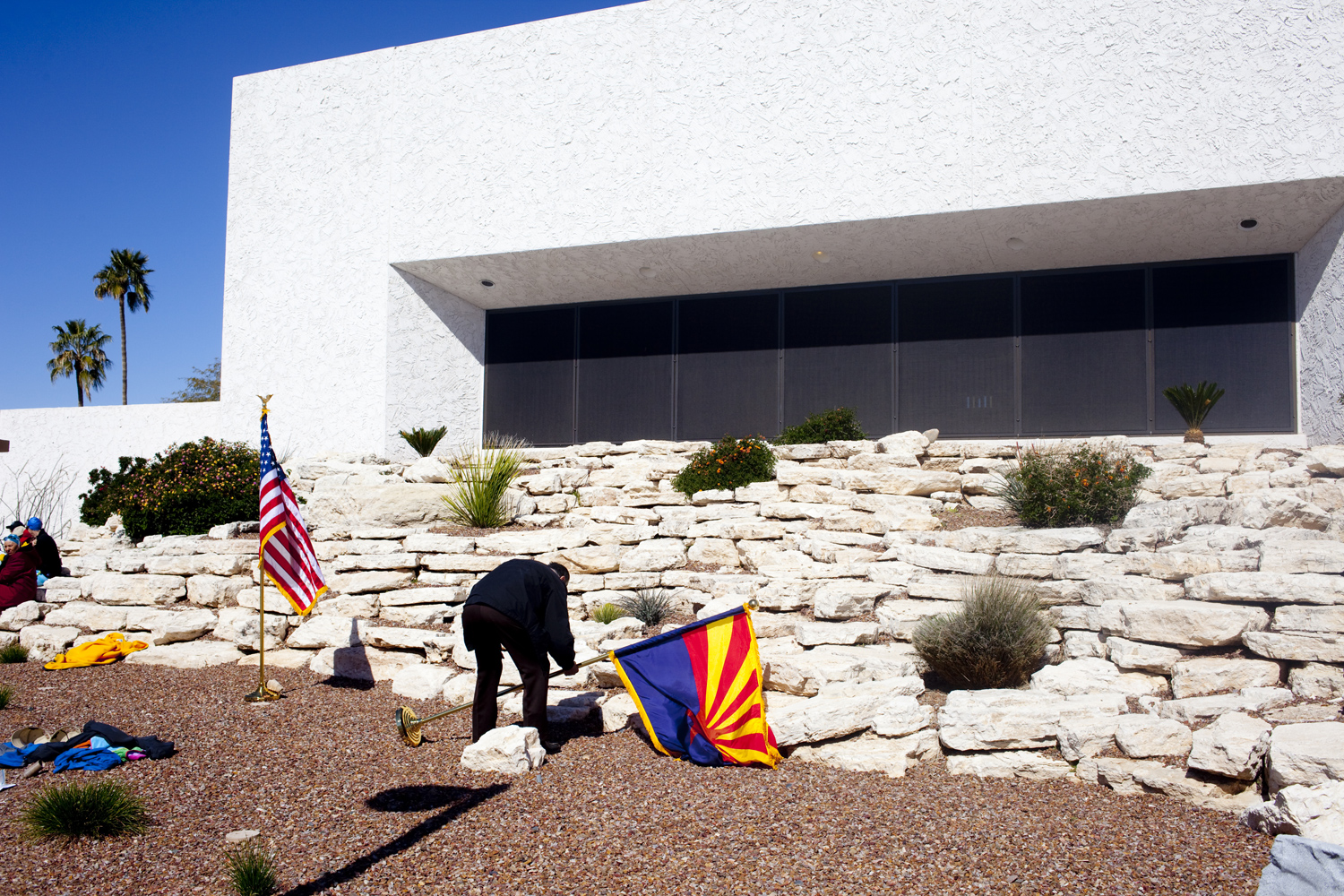



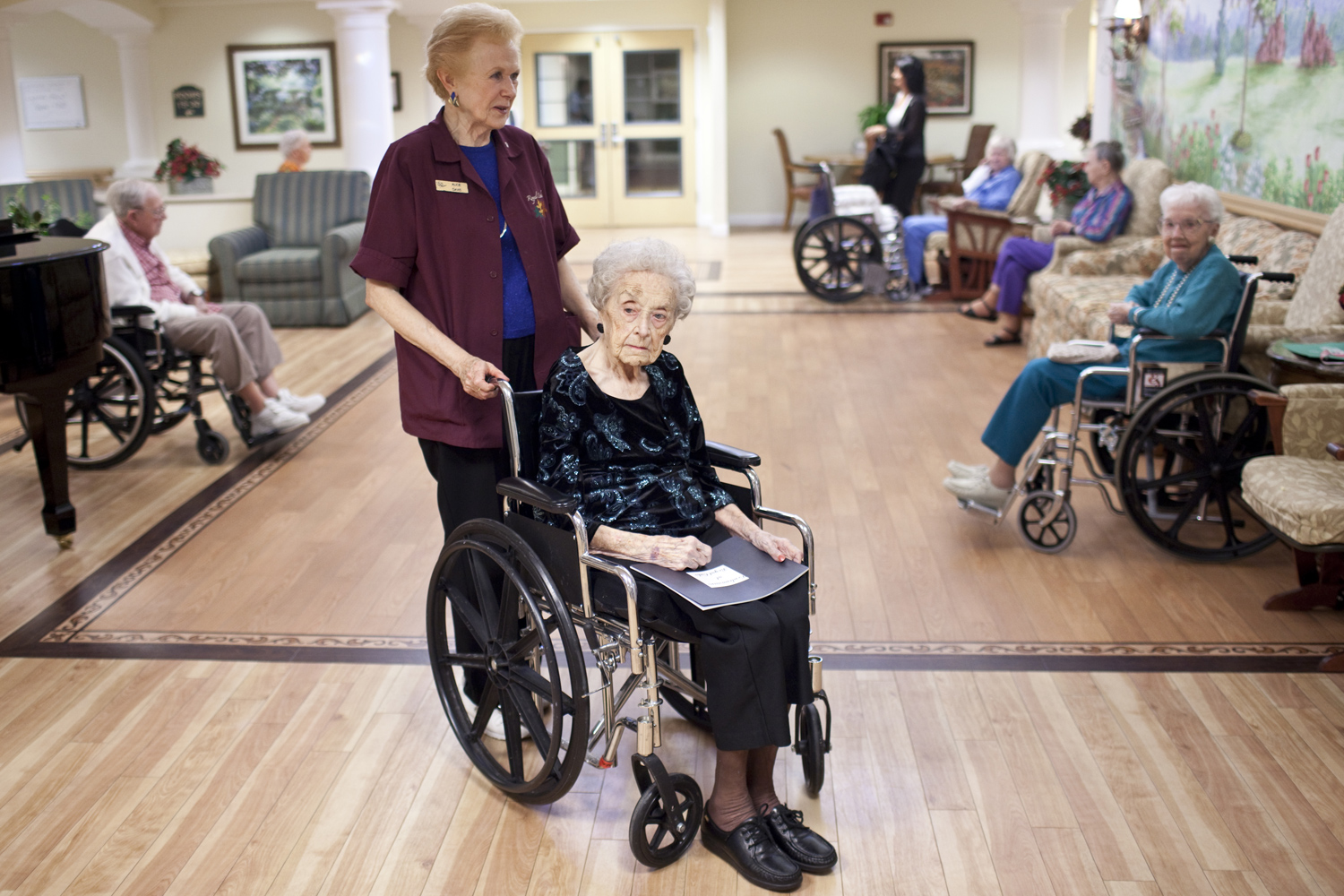

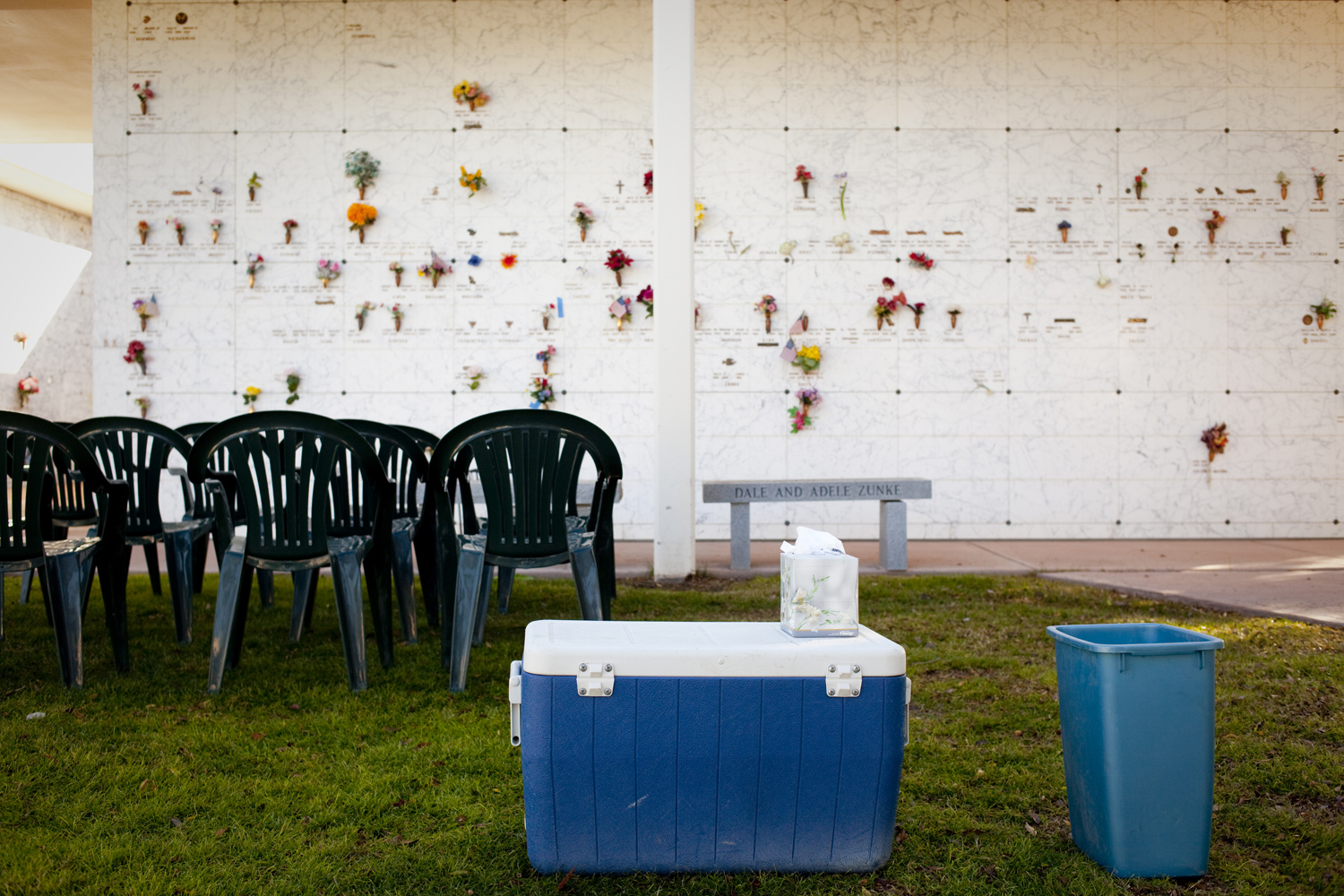

More Must-Reads From TIME
- The 100 Most Influential People of 2024
- Coco Gauff Is Playing for Herself Now
- Scenes From Pro-Palestinian Encampments Across U.S. Universities
- 6 Compliments That Land Every Time
- If You're Dating Right Now , You're Brave: Column
- The AI That Could Heal a Divided Internet
- Fallout Is a Brilliant Model for the Future of Video Game Adaptations
- Want Weekly Recs on What to Watch, Read, and More? Sign Up for Worth Your Time
Contact us at letters@time.com